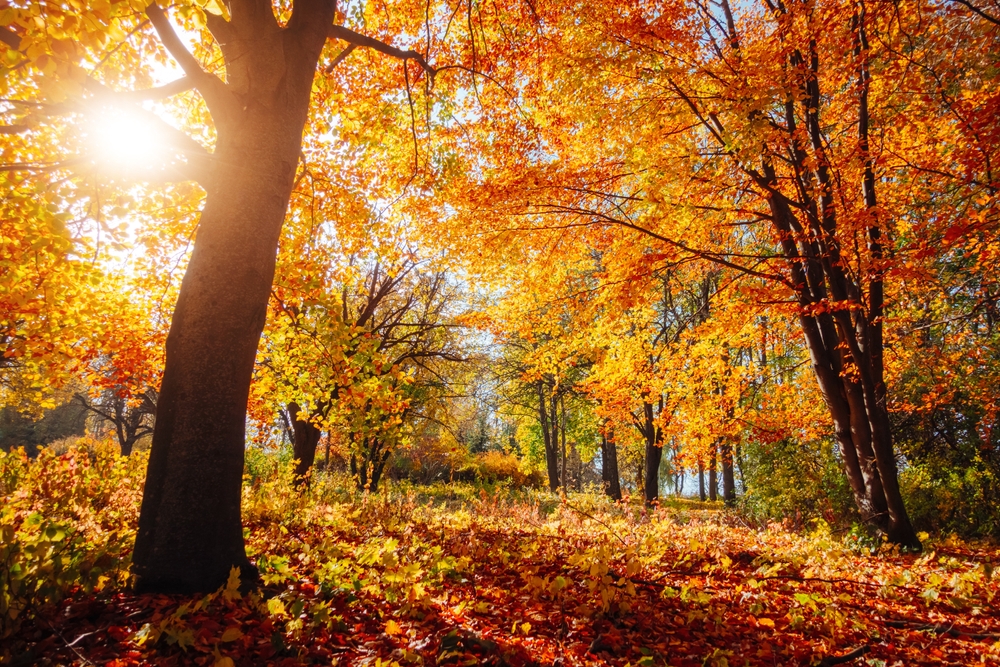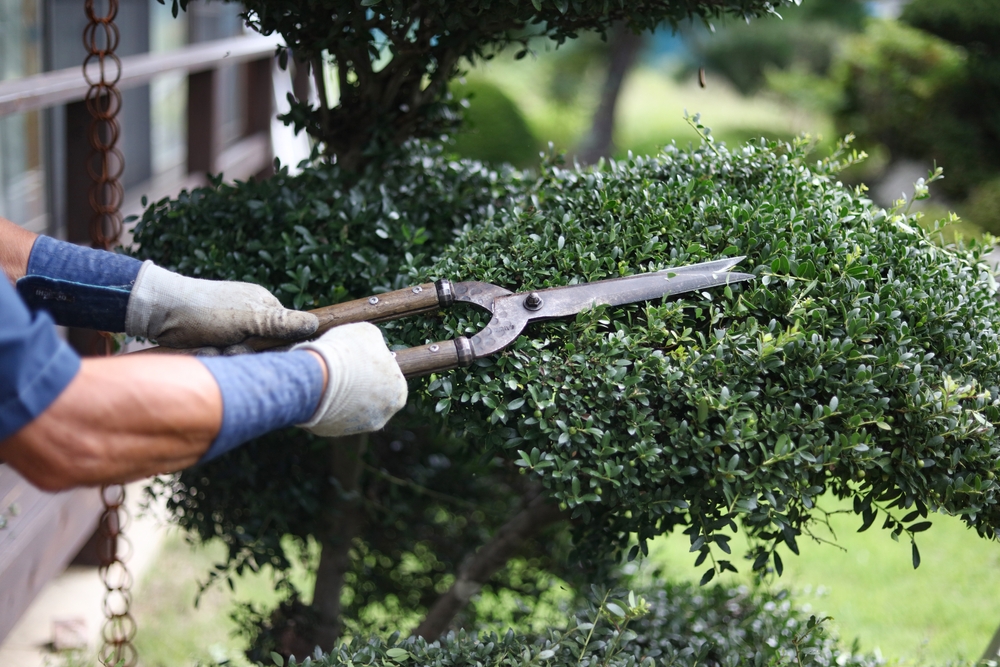
Image Source: Shutterstock.com
Autumn rolls in like nature’s grand finale—crisp air, amber leaves, and that unmistakable smell of change. But as you trade iced tea for pumpkin spice lattes, your garden faces its own seasonal showdown. Unfortunately, many well-meaning gardeners get tripped up by stubborn myths that don’t hold up once the temperature dips.
These “tried-and-true” tips may have been passed down from a neighbor, a gardening blog, or even Grandma herself—but in fall, they can backfire spectacularly. So grab your rake and your sense of humor, because we’re about to bust eight popular garden myths that simply fail in autumn weather.
1. “You Don’t Need to Water in Fall”
This is one of the biggest autumn gardening myths around. Cooler temperatures don’t mean your plants have stopped drinking—they just sip instead of chug. Dry autumn winds and inconsistent rainfall can leave roots parched, especially for trees and shrubs preparing for winter dormancy. Neglecting to water before the ground freezes can lead to stress and weak growth come spring. So, yes—keep that hose handy until the soil really starts to chill.
2. “Frost Means It’s Time to Stop Gardening”
Not so fast! A little frost doesn’t mean your garden is doomed—it’s just shifting gears. Many cool-season crops like kale, spinach, and carrots actually sweeten after a touch of frost. Instead of shutting down your garden completely, try planting fall-hardy varieties that thrive when the temperatures drop. Your fall harvest could surprise you—and your dinner plate will thank you.
3. “Fallen Leaves Should Always Be Bagged”
If you’re spending your weekends bagging every last leaf, you might be missing out on free, natural mulch. Those leaves can insulate soil, protect plant roots, and even enrich your garden beds as they decompose. Instead of sending them off to the landfill, chop them up with your mower and let them work their magic. Just be careful not to let thick, wet piles smother your grass or plants. Sometimes, nature’s mess is actually your garden’s best friend.
4. “Fertilizing in Fall Is a Waste”
Think fertilizing in fall is pointless? Think again. This is actually one of the best times to give your plants a nutrient boost—especially lawns, trees, and perennials. Fall fertilizer helps roots grow strong and prepares them for the harsh winter ahead. While your plants may not look busy above ground, they’re secretly building strength below it. Autumn feeding is like giving your garden a cozy bowl of soup before the long winter nap.
5. “Pruning in Fall Keeps Plants Healthy”
It sounds logical, right? Snip away the dead and dying growth to keep things tidy. But for most plants, heavy fall pruning is actually a mistake. Cutting back stimulates new growth that won’t have time to harden off before the cold sets in. Instead, save your major pruning for late winter or early spring, and only remove damaged or diseased branches in the fall. A little restraint now means healthier plants later.

Image Source: Shutterstock.com
6. “You Can Ignore Weeds Until Spring”
If only! Weeds may seem to slow down in fall, but underground, their roots are plotting for spring domination. Ignoring them gives these sneaky invaders a head start once the weather warms. Pulling weeds now keeps your garden beds cleaner and saves you hours of frustration later. Think of autumn weeding as stopping a garden villain before they strike again.
7. “Composting Stops Working in Cool Weather”
While composting does slow down when the temperature drops, it doesn’t stop completely. Microbes are tougher than you think—they’ll keep breaking down organic material, just at a slower pace. Keeping your compost pile moist and turning it occasionally helps maintain the process. You can even insulate the pile with straw or leaves to retain warmth. Come spring, you’ll have rich, ready-to-use compost waiting for you.
8. “Fall Is Too Late to Plant Anything New”
This one couldn’t be further from the truth. Autumn is actually one of the best times to plant! Cooler air and warm soil create perfect conditions for roots to establish without the stress of summer heat. Trees, shrubs, and perennials all benefit from fall planting, setting them up for a strong start next year. So, before winter arrives, grab a trowel—your garden isn’t finished yet, it’s just getting ready for a comeback.
Don’t Let Garden Myths Ruin Your Fall Fun
Autumn gardening doesn’t have to be confusing—it just requires letting go of a few outdated ideas. From watering and fertilizing to planting and composting, the truth is that fall can be one of your garden’s most productive seasons. By busting these myths, you’ll not only save time and effort but also set yourself up for a thriving spring.
Have you fallen for any of these garden myths, or discovered your own? Share your thoughts, stories, and favorite fall gardening tips in the comments section.
You May Also Like…
8 Best Gardening Hats for Ultimate Sun Protection and Style!
Using Shredded Paper As Garden Mulch
7 Composting Tricks That Only Work in Autumn
How Wildlife Relies on Your Fall Garden for Survival
12 Garden Chores You Can’t Skip in November
Leave a Reply